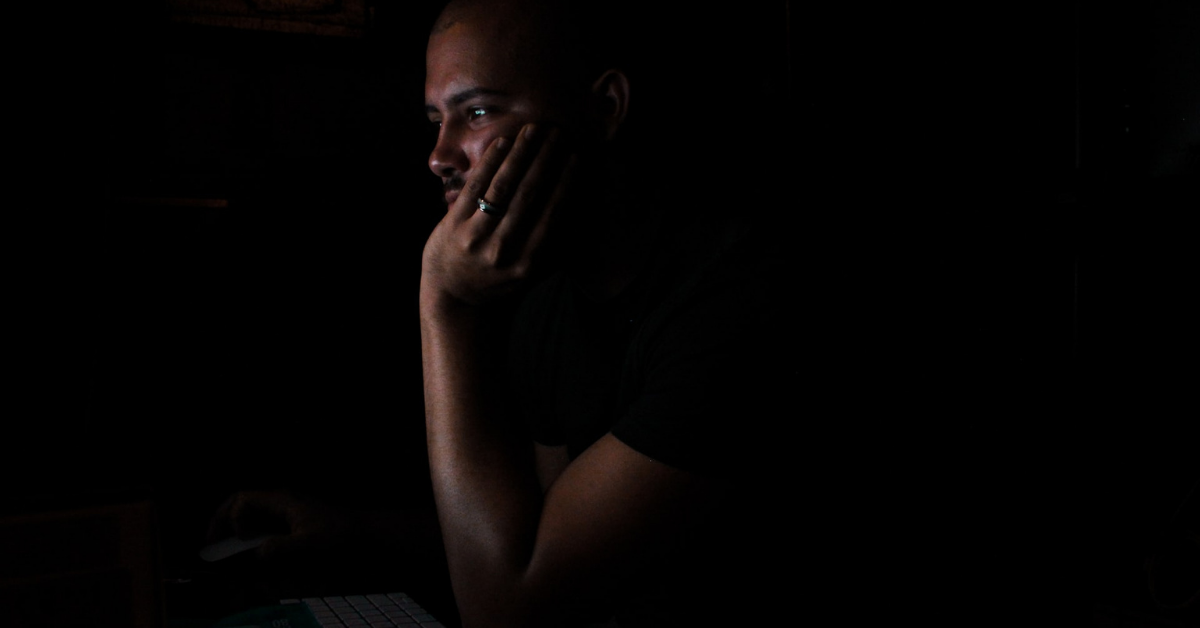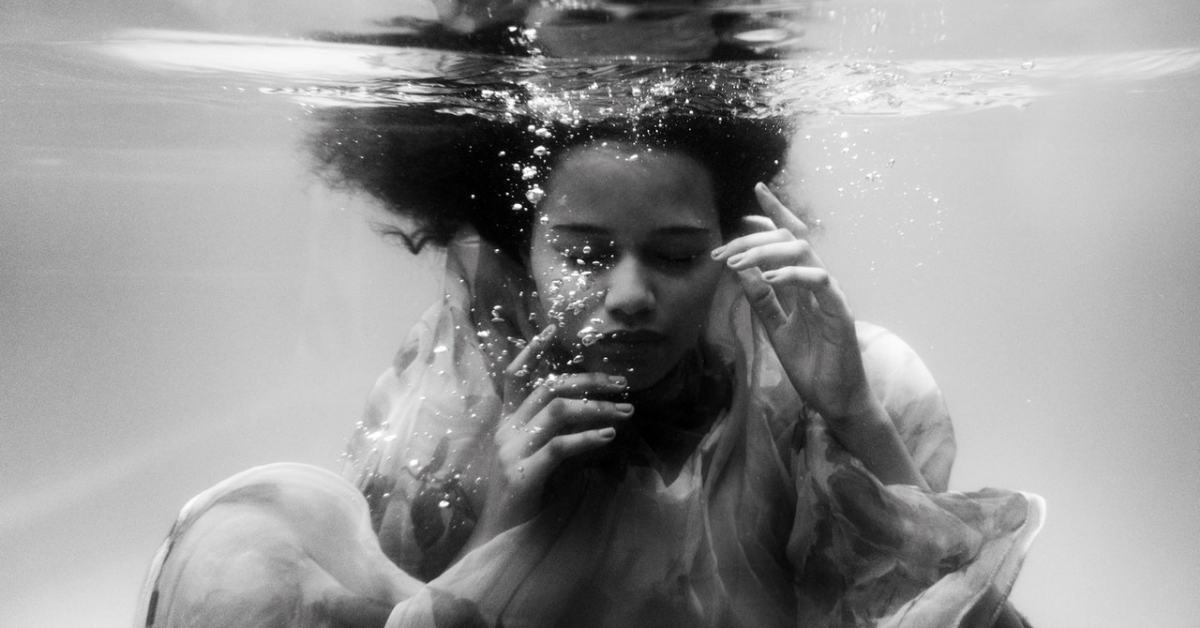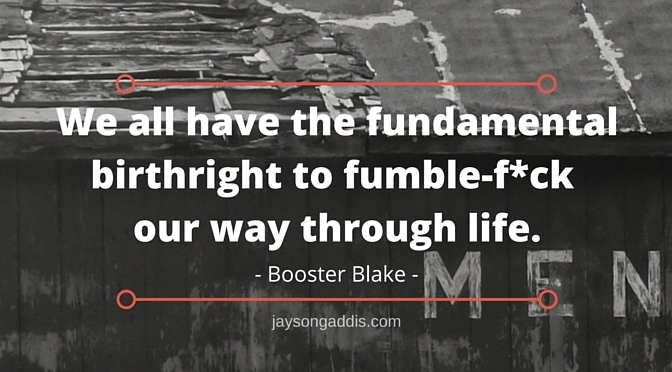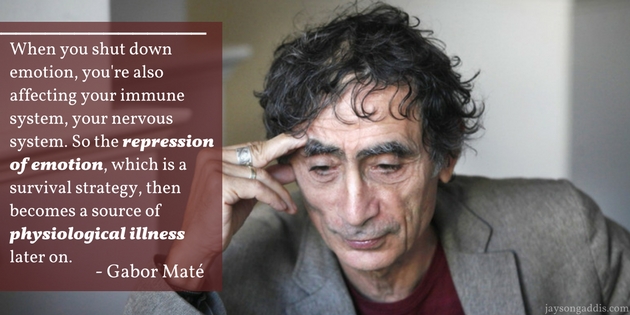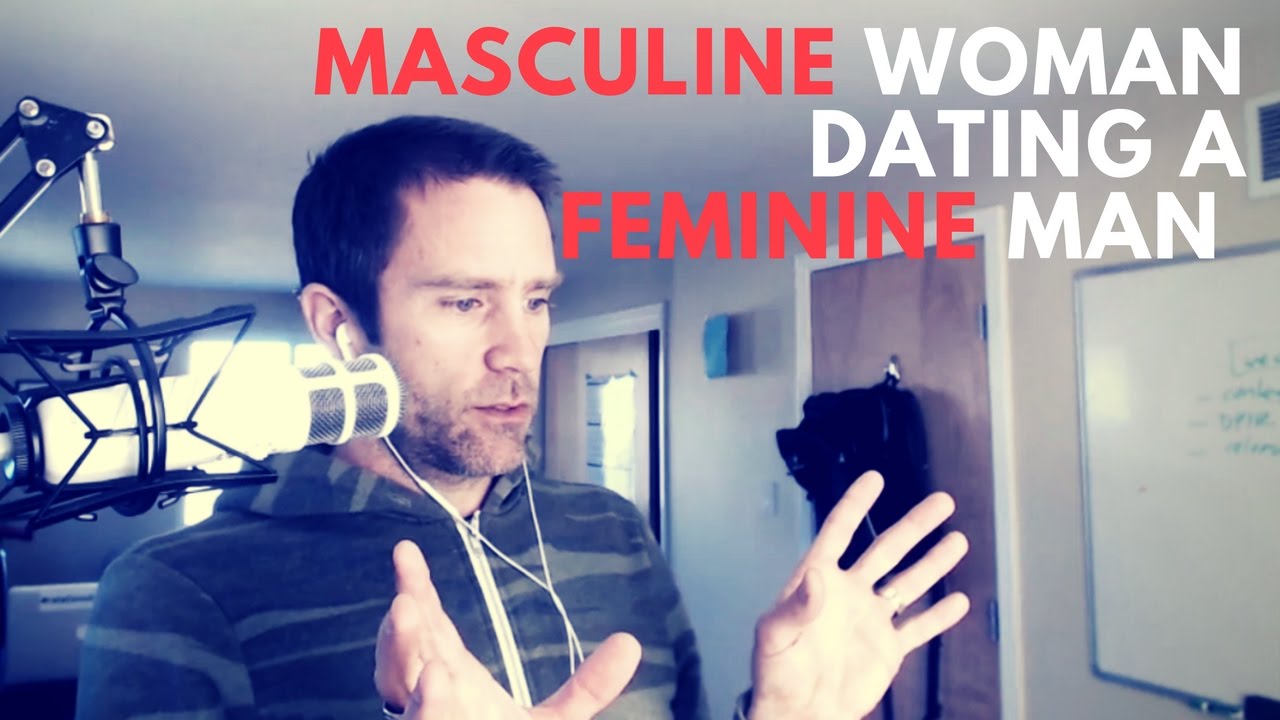No intimate partnership is free of problems—they’re unavoidable. In fact, any relationship is subject to issues, but it’s even more noticeable in your closest partnership since that’s where you spend most of your time.
It’s completely normal to go through the “honeymoon phase”—however short or long that may be—and suddenly you start to see some patterns emerging in your partner that you hadn’t seen before. This may be the point you wonder whether you know the person at all, or they may wonder the same about you—but all of this is normal as well. Essentially, it all has to do with attachment styles and the way you were raised. What are attachment styles and what do they have to do with your adult romantic relationships?
Childhood Shapes Your Life
There are a few different ways to categorize attachment styles, but first, it’s important to remember that everyone experienced some type of relational challenges in their childhood. No one is perfect, so you can expect to look at yourself, your past, and your partner and see some type of issue because we’re all human.
And partnering with someone as an adult will wake up past issues that you maybe thought you left behind, but they’re still there because they were engrained into you. If you spent a minimum of 18 years with your parents or other caregivers, that’s quite a long time to learn from them and adopt what I call the “relational blueprint”—the foundation for any relationships in your life from that point forward.
With that in mind, understanding attachment styles is key because it will benefit you in relation to your own behavior and emotions as well as in your relationships.
Here’s a short video on attachment styles and relationships:
Attachment Styles: Seek and Avoid
To break it down as simply as possible, there are two main insecure attachment styles: the type who seek and the type who avoid. Seekers would be someone who, as a kid, would go to a parent or even a sibling in times of difficulty to talk or work through a problem. A person who seeks probably experienced a childhood where family relationships were sometimes good and sometimes bad.
Avoiders would be someone who avoids when under stress because they felt that their relationships were not supportive. Maybe the parent or sibling didn’t want to deal with things or left the child alone to figure stuff out, so that person learned that “going it alone” was the best thing to do.
Attachment Styles: Islands, Anchors, and Waves
Psychotherapist, relationship expert, and author Stan Tatkin has created his own categories for attachment styles, and he discusses three main types:
- Islands, which are the avoiders and like to be left alone. Islands process emotions internally and tend to find ways to self-soothe rather than asking for help from others.
- Anchors, which are the seekers who look for justice and fairness—most likely because that’s what they experienced in family relationships growing up. Anchors are skilled at tuning in to the other person’s tone and expression.
- Waves, which are in between islands and anchors. Waves may have experienced inconsistent attachments in childhood, varying from neglect or complacency to focused attention at times. Waves tend to rely on others for help when they need soothing.
Attachment in Adult Relationships
Being able to categorize your own attachment style and your partner’s can go a long way in your relationship. It can help you understand behavior and the reasons behind actions rather than judging your partner or writing them off as either too needy/clingy or too withdrawn.
So, the best way to avoid more sabotaging behaviors? Understand your attachment style. Even better news is, once you understand attachment styles, you can create a secure attachment together in a relationship when you’re both willing to work on yourselves and your styles. Learning and effort in this area will help set you up for a successful relationship and give you a strong relational foundation to build upon.
If you’d like to learn three keys to communication and conflict, check out this free training.
________________________________________________________________________
Photo Credit: Kelly Sikkema – Unsplash


